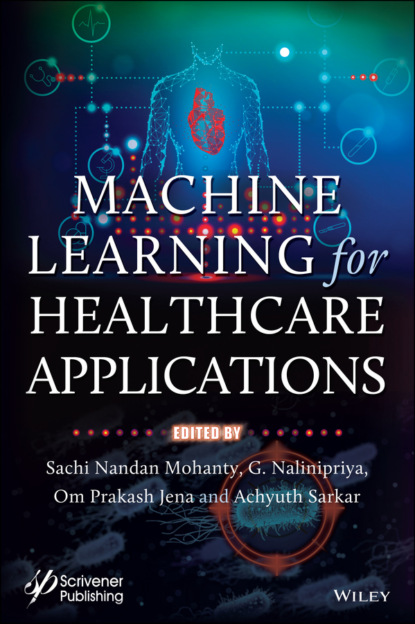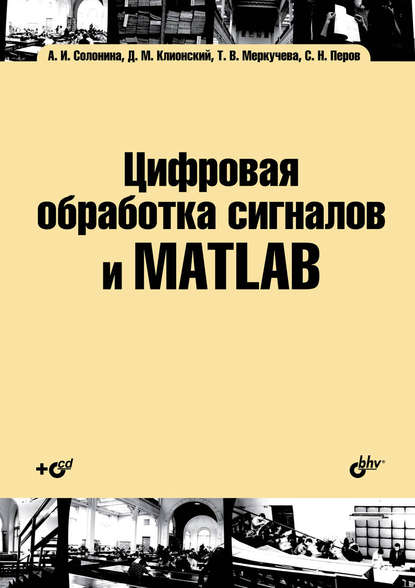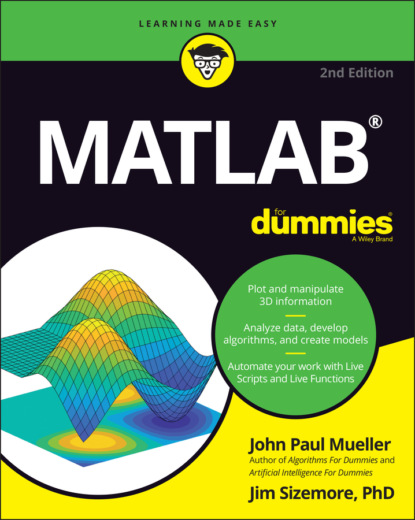«Machine Learning for Healthcare» представляет собой руководство по использованию машинного обучения для решения задач здравоохранения. В книге авторы описывают основные методы машинного обучения, их применение в медицинской области, а также демонстрируют работоспособность данных методов на реальных примерах из медицины. Для привлечения широкого круга читателей разработчики подробно рассматривают несколько
Если вы хотите узнать больше о машинном обучении в медицинских целях, то это очень трудоемкий процесс, включающий в себя полное представление информации, которая касается умных систем. Цель этой книги – сделать презентацию узконаправленной и глубокой. Этот подход отличает это издание от других, так как он представляет подробные компьютерные симуляции для всех представленных моделей с объяснениями кода программы. Уникальные главы посвящены диагностике заболеваний, телемедицине, медицинской визуализации, медицинскому мониторингу данных, здравоохранению через социальные сети и машинному обучению по COVID-19 помогают создать ясное понимание работы алгоритма, укрепляя логическое мышление. В окружении, чтобы ответить на один вопрос, нужно получить доступ нескольким источником данных и использовать сложные анализаторы. Так как интеграция данных – это динамичная область исследований сообщества БД, конкретные задачи исследований привели к разработке множества системных приложений, которые обеспечивают плавную доступность данных в окружающей среде, нацеленной на результаты.
Электронная Книга «Machine Learning for Healthcare Applications» написана автором Группа авторов в году.
Минимальный возраст читателя: 0
Язык: Английский
ISBN: 9781119792598
Описание книги от Группа авторов
When considering the idea of using machine learning in healthcare, it is a Herculean task to present the entire gamut of information in the field of intelligent systems. It is, therefore the objective of this book to keep the presentation narrow and intensive. This approach is distinct from others in that it presents detailed computer simulations for all models presented with explanations of the program code. It includes unique and distinctive chapters on disease diagnosis, telemedicine, medical imaging, smart health monitoring, social media healthcare, and machine learning for COVID-19. These chapters help develop a clear understanding of the working of an algorithm while strengthening logical thinking. In this environment, answering a single question may require accessing several data sources and calling on sophisticated analysis tools. While data integration is a dynamic research area in the database community, the specific needs of research have led to the development of numerous middleware systems that provide seamless data access in a result-driven environment. Since this book is intended to be useful to a wide audience, students, researchers and scientists from both academia and industry may all benefit from this material. It contains a comprehensive description of issues for healthcare data management and an overview of existing systems, making it appropriate for introductory and instructional purposes. Prerequisites are minimal; the readers are expected to have basic knowledge of machine learning. This book is divided into 22 real-time innovative chapters which provide a variety of application examples in different domains. These chapters illustrate why traditional approaches often fail to meet customers’ needs. The presented approaches provide a comprehensive overview of current technology. Each of these chapters, which are written by the main inventors of the presented systems, specifies requirements and provides a description of both the chosen approach and its implementation. Because of the self-contained nature of these chapters, they may be read in any order. Each of the chapters use various technical terms which involve expertise in machine learning and computer science.



















